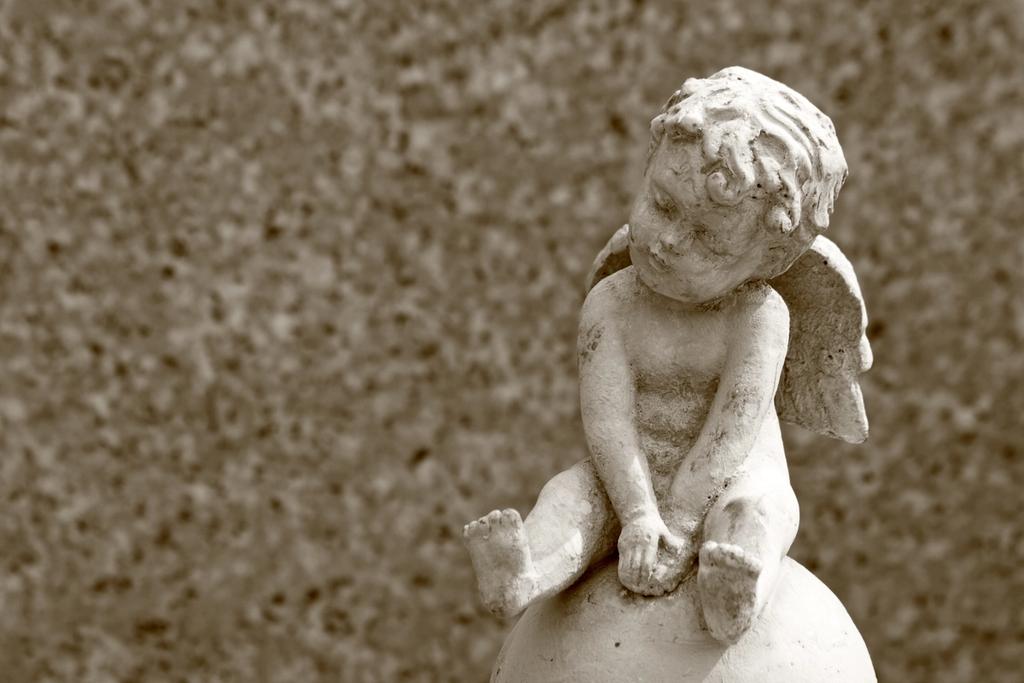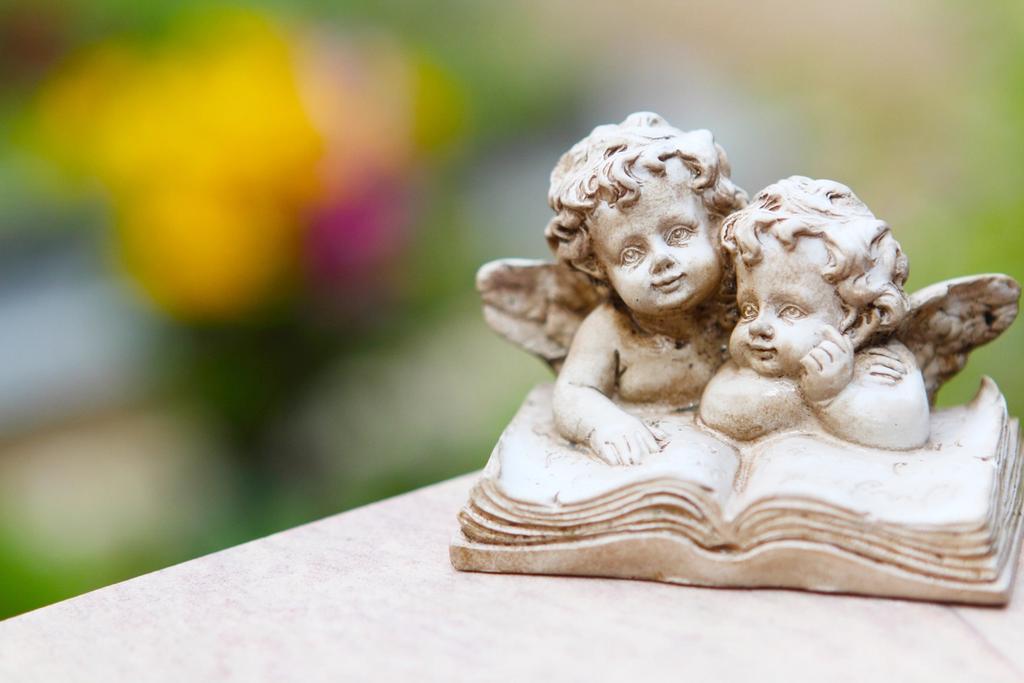The Embalming Process (Explicit)
It's a two-step process that involves surgical and cosmetic procedures.

The first step in the embalming process is surgical, in which bodily fluids are removed and are replaced with formaldehyde-based chemical solutions. The second step is cosmetic, in which the body is prepared for viewing by styling the hair, applying makeup, and setting the facial features.
Preparing The Body For Embalming
Before the surgical embalming or cosmetic processes can begin, the body is washed in a disinfectant solution and the limbs are massaged and manipulated to relieve rigor mortis (stiffening of the joints and muscles). Any facial hair is shaved off, unless the person who died wore facial hair.
Setting The Facial Features
The eyes are closed, often using skin glue and/or plastic flesh-colored oval-shaped “eye caps” that sit on the eye and secure the eyelid in place. The mouth is closed and the lower jaw is secured, either by sewing or wires. If the jaw is sewn shut, suture string is threaded through the lower jaw below the gums, up and through the gums of the top front teeth, into the right or left nostril, through the septum, into the other nostril, and back down into the mouth. Then the two ends of suture string are tied together. If the jaw is wired shut, a tool called a needle injector is often used to insert a piece of wire anchored to a needle into the upper and lower jaws. The wires are tied together to securely close the mouth. Once the jaw has been secured, the mouth can be manipulated into the desired arrangement.
Arterial Embalming
For arterial embalming, the blood is removed from the body via the veins and replaced with an embalming solution via the arteries. The embalming solution is usually a combination of formaldehyde, glutaraldehyde, methanol, ethanol, phenol, and water, and may also contain dyes in order to simulate a life-like skin-tone.
Cavity Embalming
For cavity embalming, a small incision is made near the bellybutton and a sharp surgical instrument used for drainage, called a trocar, is inserted into the body cavity. Using the trocar, organs in the chest cavity and abdomen are punctured and drained of gas and fluid contents and then replaced with formaldehyde-based chemical mixtures. The incision is closed, and at this point the body is fully embalmed.
To learn about the cosmetic aspects of embalming, see our article Cosmetically Preparing a Body.
- How To Express Sympathy: What To Say And What...We’ve compiled a list of things to say—and things to avoid saying—when...Read more
- A Quick Overview Of Proper Funeral EtiquetteFunerals are emotionally complex, and knowing how to act can present a...Read more
- Paying Final Bills, Dues, And Estate ExpensesIn order to settle the estate, all outstanding bills and dues that the...Read more
- Funeral Pre-Planning Cheat SheetPlan now, rest later.Read more



